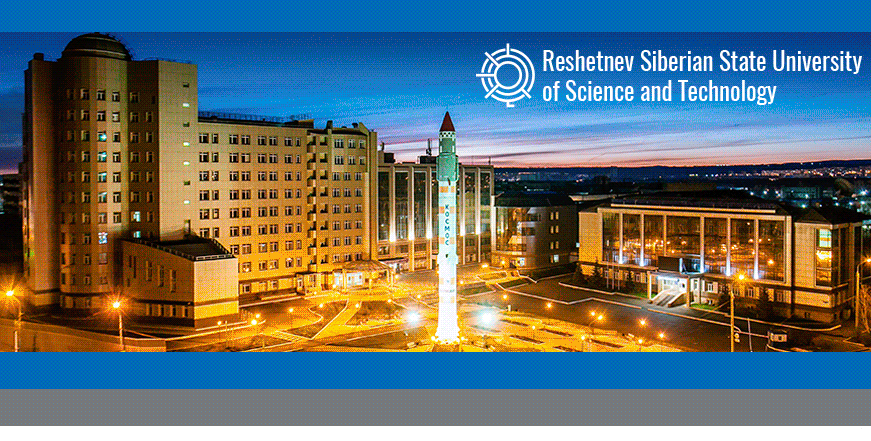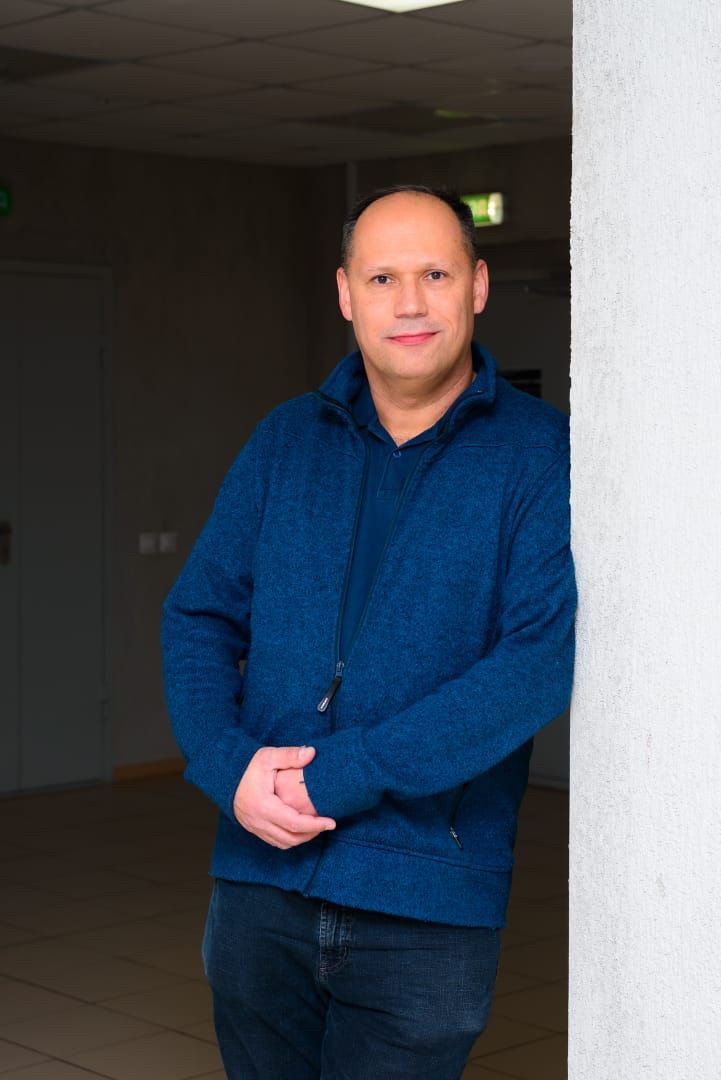
Story of Otavio Luis (Brazil)

My name is Otávio Luís da Silva Rosa and I was born in Rio de Janeiro, Brazil.
When I was still very young, my family moved to the city of Brasilia, that is the capital of Brazil. There, I graduated in Mechanical Engineering and post-graduated in Mechanical Sciences in the University of Brasilia. After that, I worked for the Brazilian oil and gas company for many years.
I found out about the Reshetnev University in the Internet, while I was looking for a Russian Language course. At first, I wanted to come to the Asiatic part of Russia, called Siberia, to a large and important city, but not necessarily the biggest one; from a few options, I chose Krasnoyarsk. During the language course, I was suggested to become a Ph.D student. I love Science and Research, and, now, I am studying, again, at the age of 48.
The Brazilian people have a natural curiosity about other countries: how far away it is from Brazil, how the typical clothes look like, what language is spoken and, also, the traditional music, dance, beverages and foods. This is due to the Brazilian history of immigrations from many nations in the past 130 years: from Japan, Italy, Lebanon, Armenia, Portugal, Germany, Poland, Ukraine, Russia and, recently, China. Today, Brazil has a population of 208 million people, including about 200 thousand Russians.
In spite of the facts that Brazilians are interested in foreign countries and enjoy travelling abroad, they still need to learn better about Siberia, because they usually think of a freezing cold place, with few trees, no flowers, everything covered by snow all year round and many dog sleighs running on the streets carrying people who live a boring life. Nevertheless, unlike many Russians believe, I have never heard anything about bears on the streets; whenever Brazilian people think of bears, they, automatically, remember the forests of the United States and Canada. Fortunately, I already had a good knowledge about the life in Siberia many years before I arrived here for the first time.
Personally,
the only thing that really surprised me is that about 20% of the men
and women living in Krasnoyarsk look like Brazilians, considering many
physical and social aspects simultaneously: the structure of the body,
the face, the skin, the hair, the gestures and facial expressions.
Except for the facts that the Brazilian people usually wear less
colorful clothes and walk slower on the streets.
The most challenging thing for me was and still is the Russian Language: it is an outstanding language, but somehow difficult to learn. On the other hand, there are some Russian words and phrases that sound funny to Portuguese speakers like me; for example: the phrase “я поняла” [ia poniala], which means: “I understood” (spoken by women), is similar to “someone will beat you” in Brazilian; another example is: “куда идёт [kuda idyot] (name) ?”; but, this one, unfortunately, I cannot tell here – just do not say that in Brazil!
In Krasnoyarsk, I was warmly welcomed. I enjoy the student’s life in Reshetnev University, the staff of the International Cooperation Department, the professors and teachers, the lessons and the classmates. In general, the teaching methods, the pedagogical resources, the lectures, the homework and the examinations are very well planned and executed, being similar to how they are performed in Brazil. Also, the social life of Krasnoyarsk is interesting: stadiums, gymnasiums, swimming pools, fitness centers, sidewalks along the banks of the Yenisei River, skiing and ice skating places, theaters, cinemas, parks, squares, museums, libraries, modern shopping centers, cafes, restaurants, bars with live music, places to dance, winter and summer trails, camping areas, the National Nature Reserve Stolby, a zoo and many opportunities to make new friends and have fun. Along the year, there are about 7 months with snow and 5 months without, and each one of the four seasons can provide new discoveries and amazing adventures for the foreign students.
The international students coming to Krasnoyarsk should bring a strong desire to learn and a great love for life, as well as to share their own national culture, traditions, good memories and experiences. There is no need to worry about winter clothes and shoes, because it is much better (and, often, less expensive) to buy them here after the arrival. Modern winter clothes and shoes are quite warm, light, comfortable and fashion. Besides that, once we arrive in Siberia, we quickly learn that: “there is no bad weather when you have the proper clothes”. In the first year in Krasnoyarsk, I could walk along the streets at the temperature of -36 °C and, five months later, do the same at the temperature of +36 °C.
Above all things, the high level of the courses offered by the Reshetnev University is the reason why I advise students from Brazil, from other South American countries and from all over the World to come here to study and to enjoy living in Krasnoyarsk, in the middle of Siberia, in the heart of Russia.